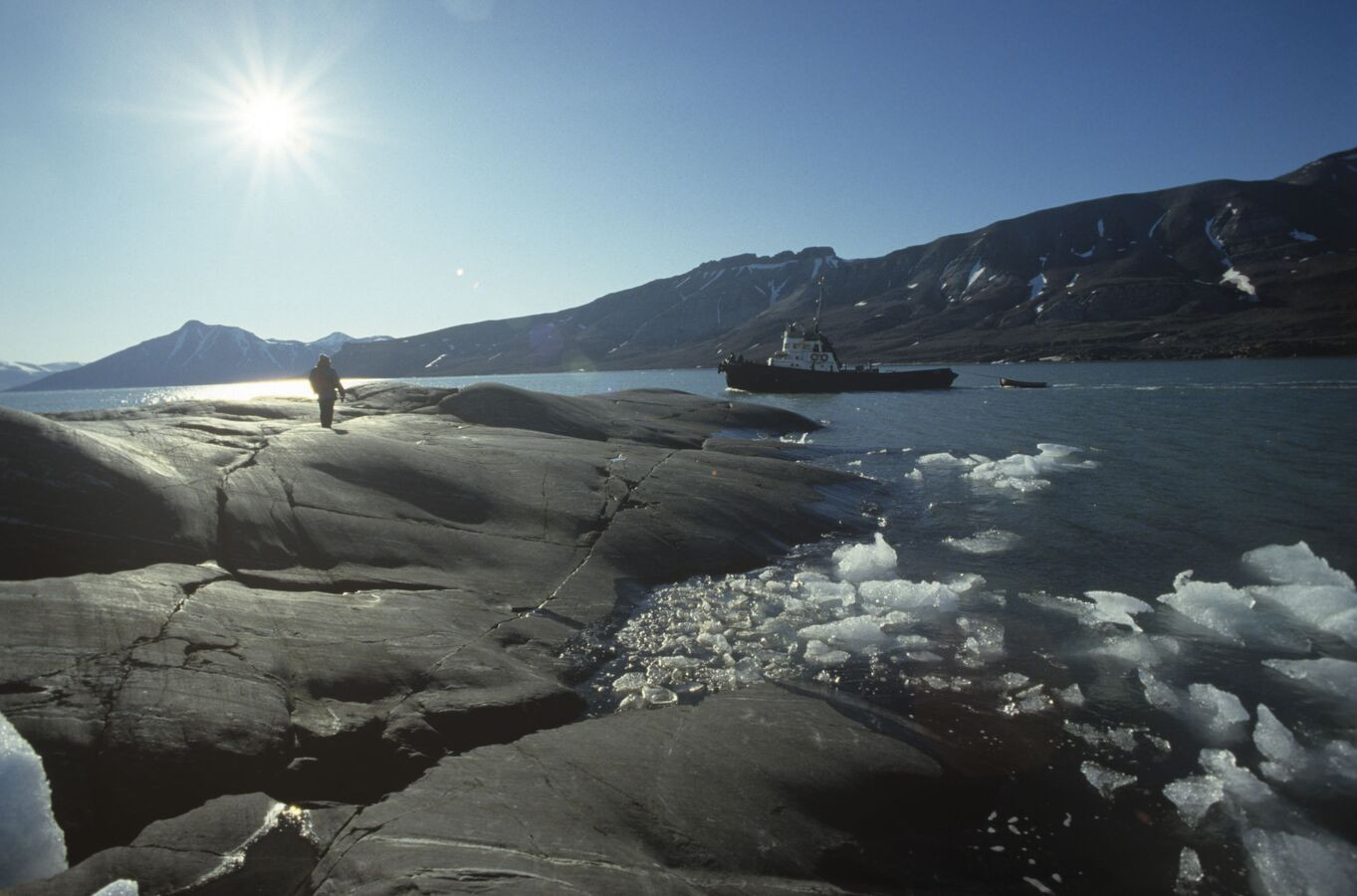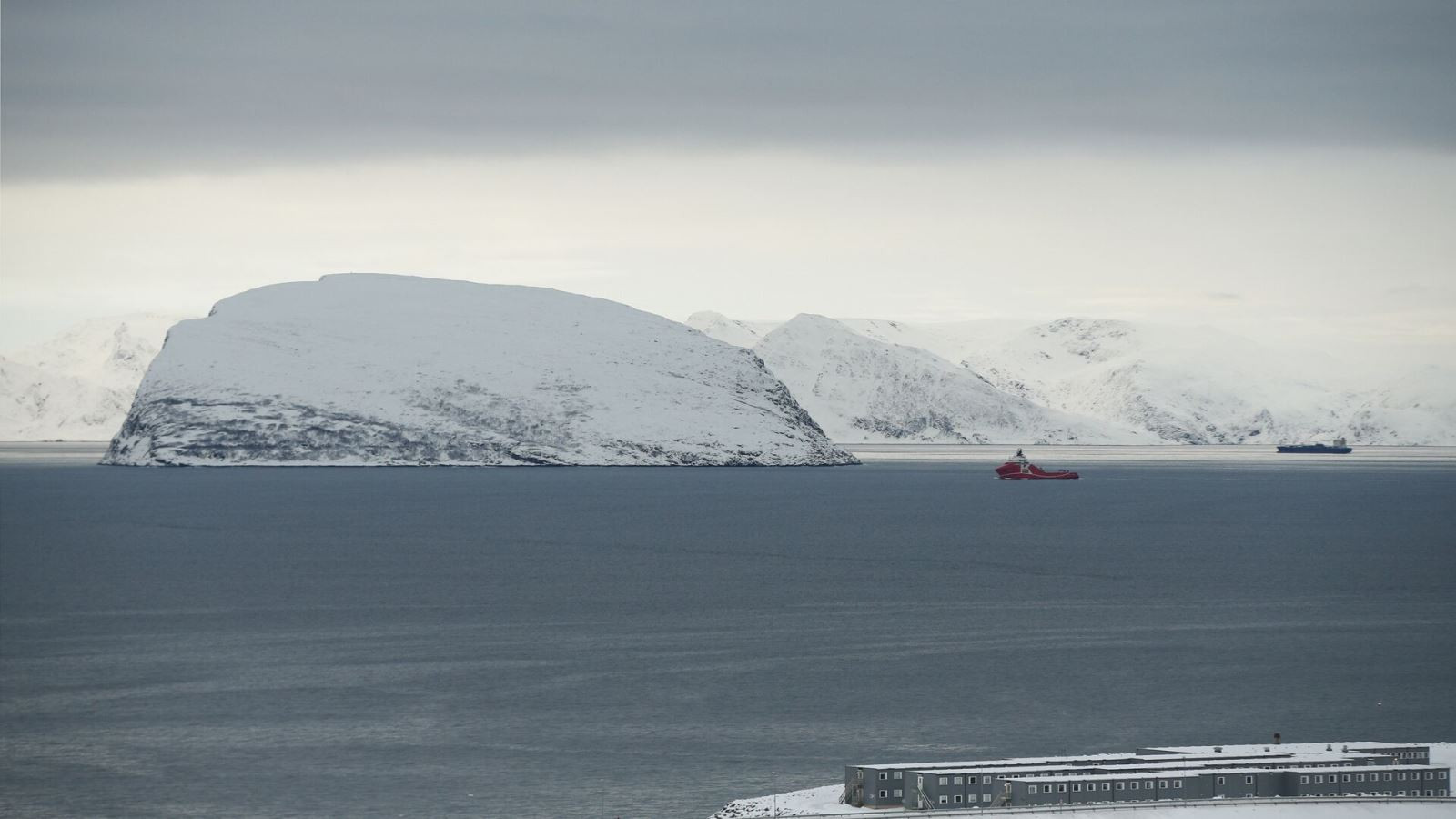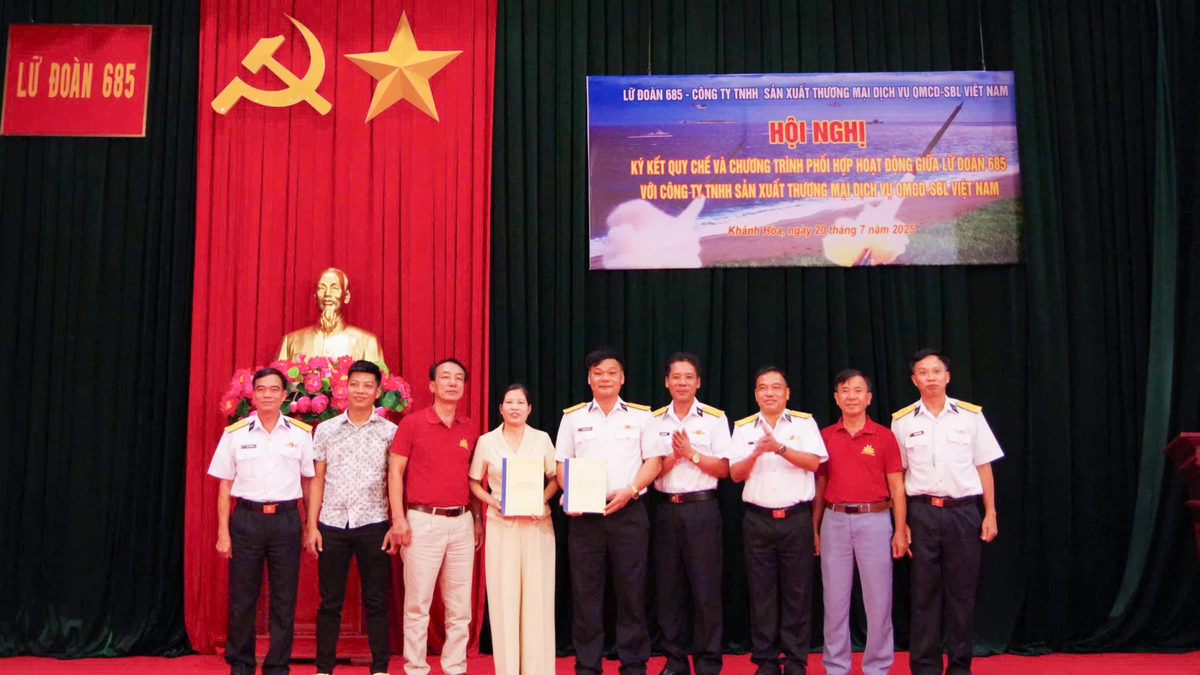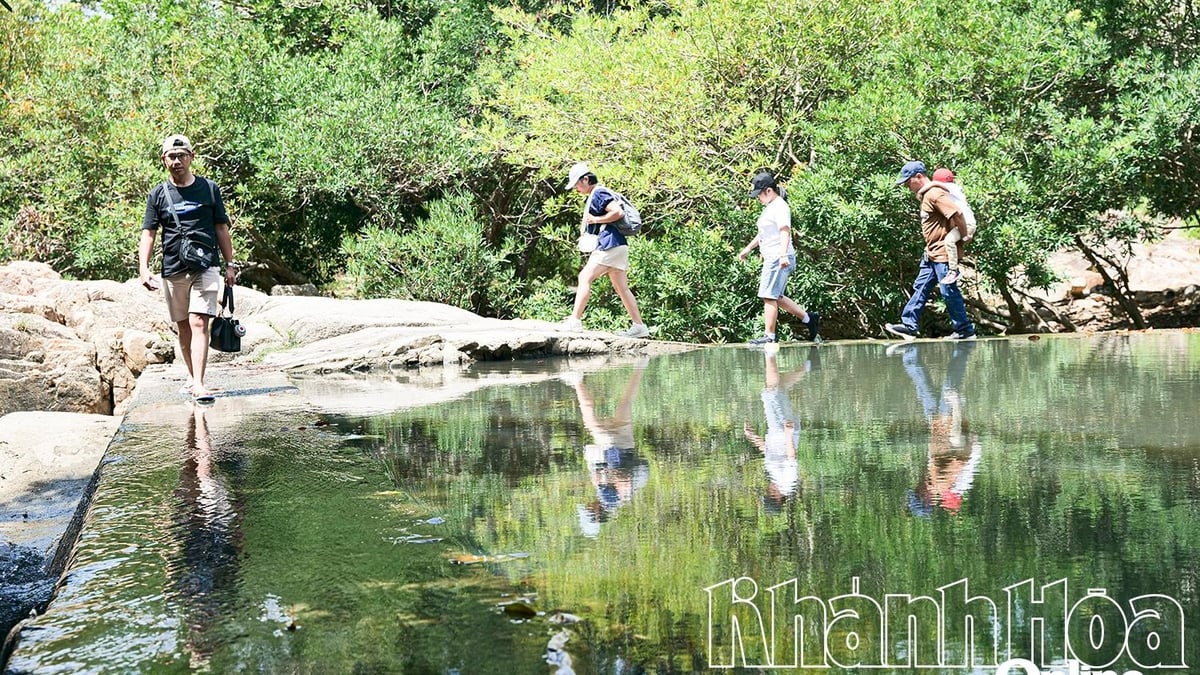
According to Sputnik (Russia), Mr. Amund Vik, Secretary of State of the Norwegian Ministry of Petroleum and Energy, said that deep-sea metal mining will help Europe meet the urgent need for minerals and rare earths necessary for the green transition.
In the next two weeks, the Norwegian Energy Ministry will submit to parliament a draft plan to explore and exploit minerals in an area of the sea the size of Germany. A vote on the mining project is expected to take place next fall.
The region is estimated to contain up to 38 million tons of copper, large deposits of cobalt, and rare earths such as neodymium and dysprosium, which are used to build electric vehicles and wind turbines. If the plan goes through, Norway would be the first country to potentially mine battery metals from the seabed.
In addition to the green transition, deep-sea mining also facilitates the EU’s efforts to reduce its economic dependence on China, as the current supply of these metals is largely controlled by China. Currently, 98% of Europe’s rare earth needs are met through imports from China.
Potential barriers
Norway argues that it has exclusive mining rights under the 1920 Svalbard Treaty.
The treaty grants Oslo sovereignty over the Svalbard archipelago, but grants other countries the right to economic activity on land and in the territorial waters around the archipelago. As a result, Russia, the European Union (EU) and the UK are at odds with Norway over the extent of the maritime zone defined in the treaty.

In addition, Norway's mining development plan has created a wave of opposition from fishermen as well as environmentalists. They are concerned that this mining plan could pollute the marine ecosystem in the future, especially the possibility of releasing toxic heavy metal particles. In particular, the Norwegian Environment Agency has firmly opposed this plan, saying that the Government has not provided sufficient data on sustainability.
In response, Oslo said the likelihood of a conflict of interest was minimal, given the limited fishing and shipping activities in the Svalbard archipelago, and stressed its deep commitment to environmental protection.
Rare earth elements
Rare earth elements (REEs) is a generic term for 17 minerals used in almost every modern technology – such as lasers, medical technology, defense, electronics, communications equipment and hardware.
The EU estimates that demand for rare earths for use in permanent magnets – needed to make electric cars and wind turbines – will increase tenfold by 2050, but the bulk of the bloc’s current imports come from China.
Demand for rare earths is growing rapidly. The European Commission expects it to increase fivefold by 2030, driven largely by countries pushing for a green transition – with key activities such as electrification of transport, industry and wind power.
But Norway is not the only pillar of the EU’s rare earths push. Swedish mining company LKAB has also announced the discovery of a large rare earth deposit in Kiruna. LKAB said the deposit, located next to an iron ore mine, contains more than 1 million tonnes of reserves. However, the exact size of the deposit has not yet been determined. Officials say Sweden will not be able to start mining until 2030.
Source



























![[Photo] National Assembly Chairman Tran Thanh Man visits Vietnamese Heroic Mother Ta Thi Tran](https://vphoto.vietnam.vn/thumb/1200x675/vietnam/resource/IMAGE/2025/7/20/765c0bd057dd44ad83ab89fe0255b783)






































































Comment (0)